In the summer of 1999, Magnum photographer Alessandra Sanguinetti was in the middle of a project documenting life on a farm in the rural province of Buenos Aires. It was hot, the earth was lush and the days were long. The two granddaughters of the farm’s owner, Belinda and Guillermina, hung around as she worked, curious about what she was up to. She didn’t pay much attention to them at first but as she began picking up on their conversations, by turns wistful and funny, they captured her interest and she started allowing them into the frame.
There was something magical about the dynamic between these girls, she thought. They were just 9 years old then, full of wild-eyed excitement and losing endless hours to play and make-believe. That summer, their club of two became three as Sanguinetti got closer to the girls and they had raucous fun doing photoshoots and making short films. Five years and hundreds of pictures later, she made her first book about them. Now, she has released a second instalment in the series, this time tracing the girls’ lives from the ages of 14 to 24. That first book crystallised the whimsy and wonder of their remote childhoods; this one is a coming-of-age story following the girls as they navigate the uneasy path from girlhood to young women.
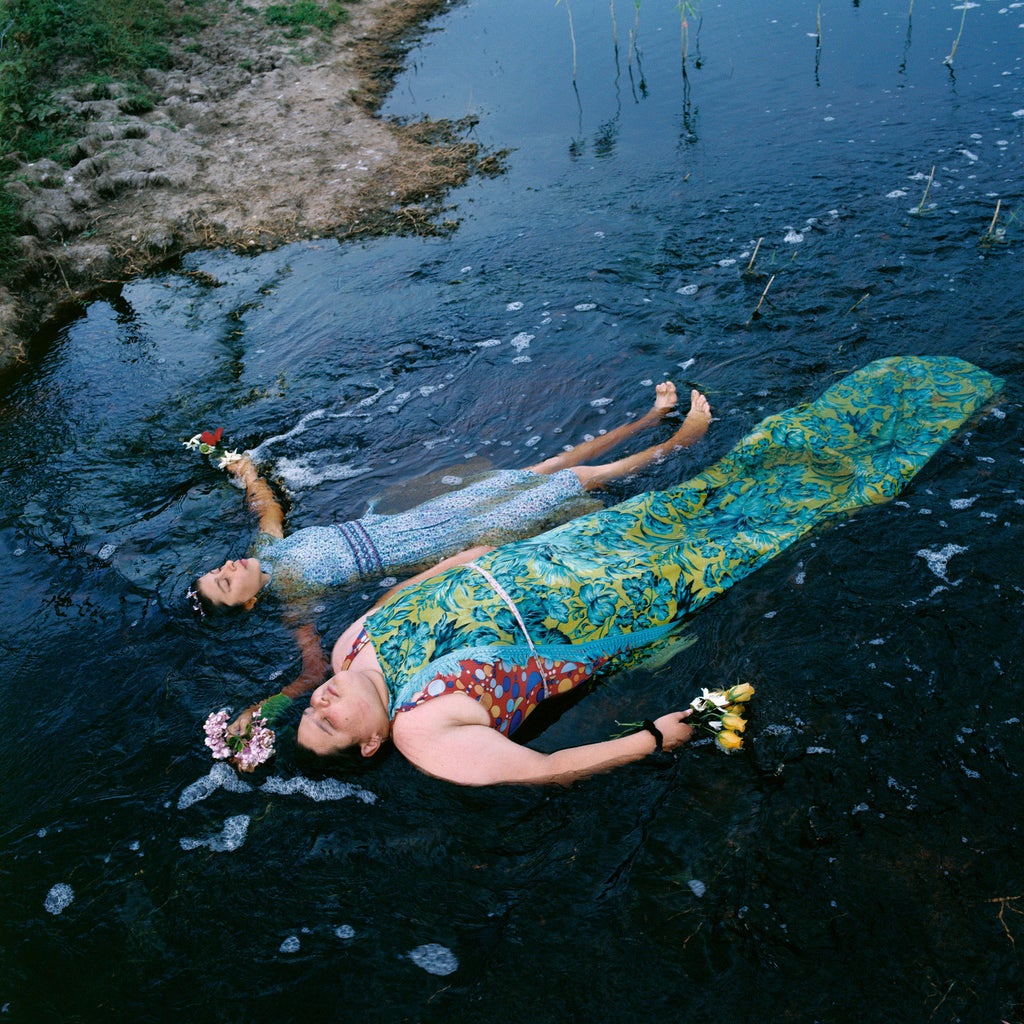
The pictures Sanguinetti took for this next chapter, entitled The Adventures of Guille and Belinda and The Illusion of an Everlasting Summer, are richly lit and dreamlike, spanning a time of monumental change for both young women. We see them laughing and playing together, celebrating 16th birthdays and sunbathing in the grass, the last vestiges of childhood ebbing away. Later, those scenes bloom into first loves and first babies, and all the messy parts of life that happen in between. “It felt natural to end the first book where I did, right at the cusp of adolescence, and the same goes for this second book,” Sanguinetti explains. “Both of the girls became mothers while they were still very young, so it includes that transition, and stops with Guille’s daughter turning 3. This was a phase of many changes and of them learning to feel comfortable with themselves and their new lives.”



Sanguinetti was 27 when she first met the girls and she was mesmerised by how closely their lives were entwined, despite their incongruous personalities. She liked the way Belinda’s voice filled the air with a high-pitched, rhythmic tone, while Guillermina was quieter and mumbled. As the girls emerged into their early teens, Sanguinetti would propose games or give them cues for situations to act out, which they would adapt to their own ideas, pretending to be famous movie stars or taking on the personas of chat show hosts. One of her favourite shots is one she calls “Archibaldo’s funeral”. In it, the girls are swathed in shiny black fabric and stand over a shrouded box with a bunch of wildflowers on top of it. “One day I proposed that I film them while they were pretending to be at each other’s funerals but once they dressed up in black they transformed the scene into the funeral of an older boy, Archibaldo, who Guillermina had a crush on at the time,” Sanguinetti recalls.
Belinda appears nun-like in the image, a white sheet fashioned into a headdress, rosary beads strung around her neck and a bible in her hands; Guillermina wears black lace over her hair and holds a tissue to her eye, playing the grieving widow. “I set up the video camera on a tripod and filmed one hour of them while I took pictures as well. They acted out, wailed dramatically, danced, and invented eulogies for Archibaldo. I remember lying on the grass laughing so hard as the video kept on rolling.”
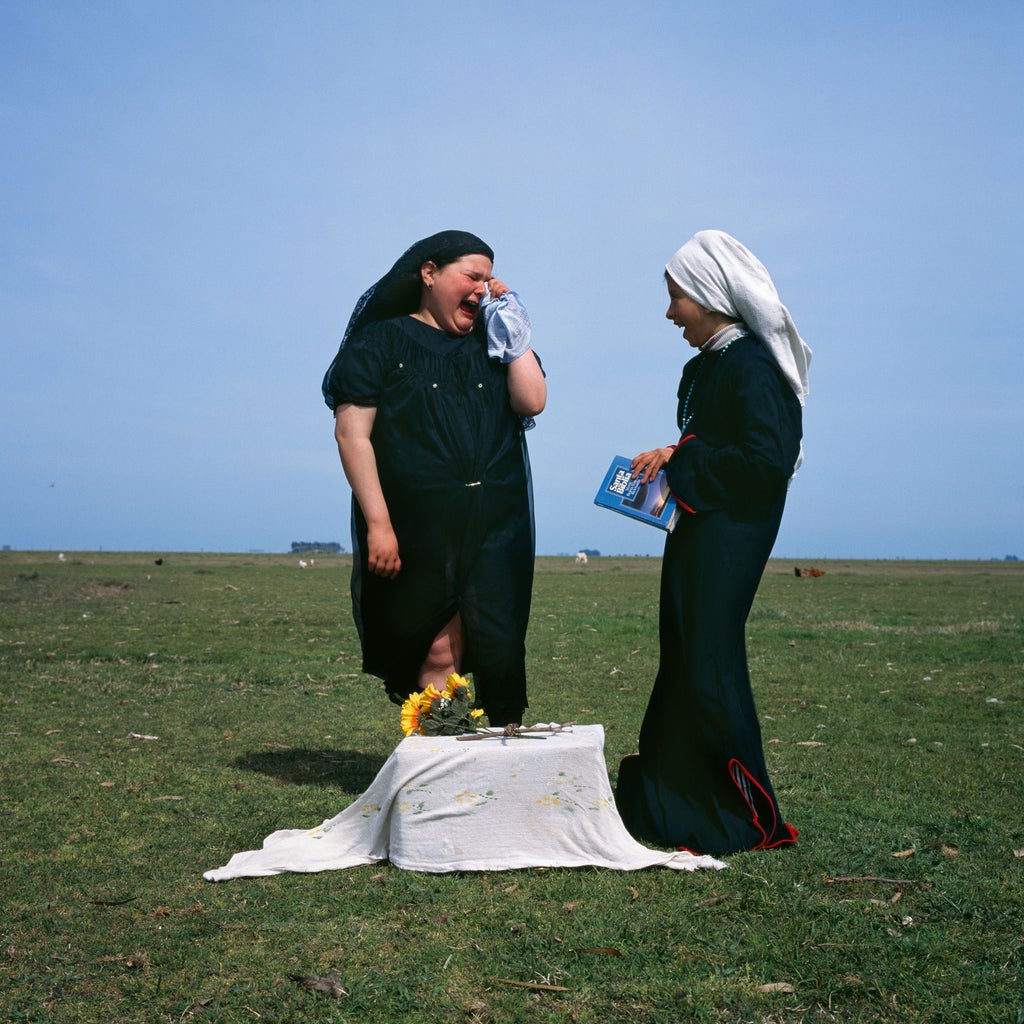

Belinda and Guillermina had a wild vulnerability about them then, and Sanguinetti says they adored the attention – more than happy to play and pretend and share their lives. Come their late teens and early 20s, however, the relationship between the three of them shifted, and the girls became more aware around Sanguinetti’s camera. “As they grew, of course, they became more private and chose what to share and what not to share,” she explains. “My main challenge was then to read these signs, not intrude, and identify that invisible line.” If the first photos Sanguinetti took were all about freedom, these subsequent ones are characterised by intensity. In these years, the girls learned the sting of self-consciousness and comparison, and the sharing of secrets became bigger and more consequential.
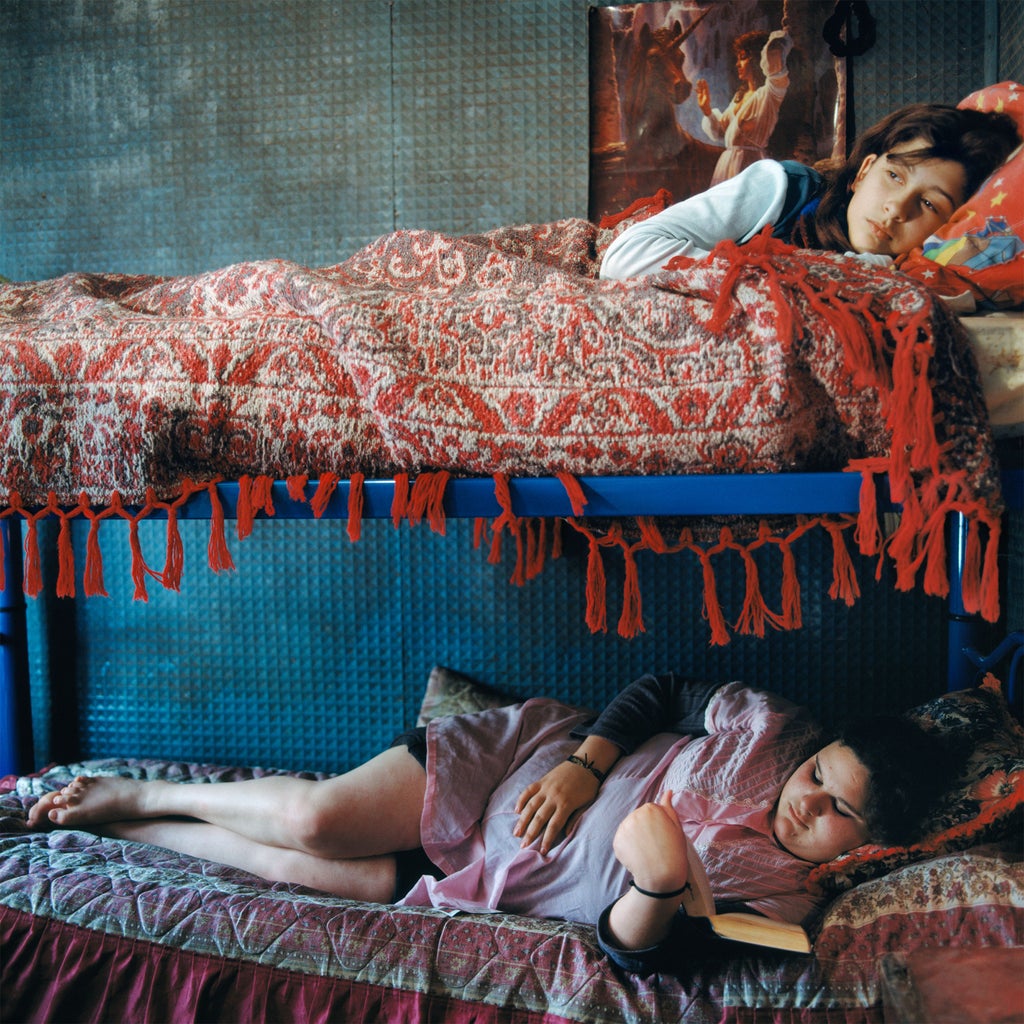
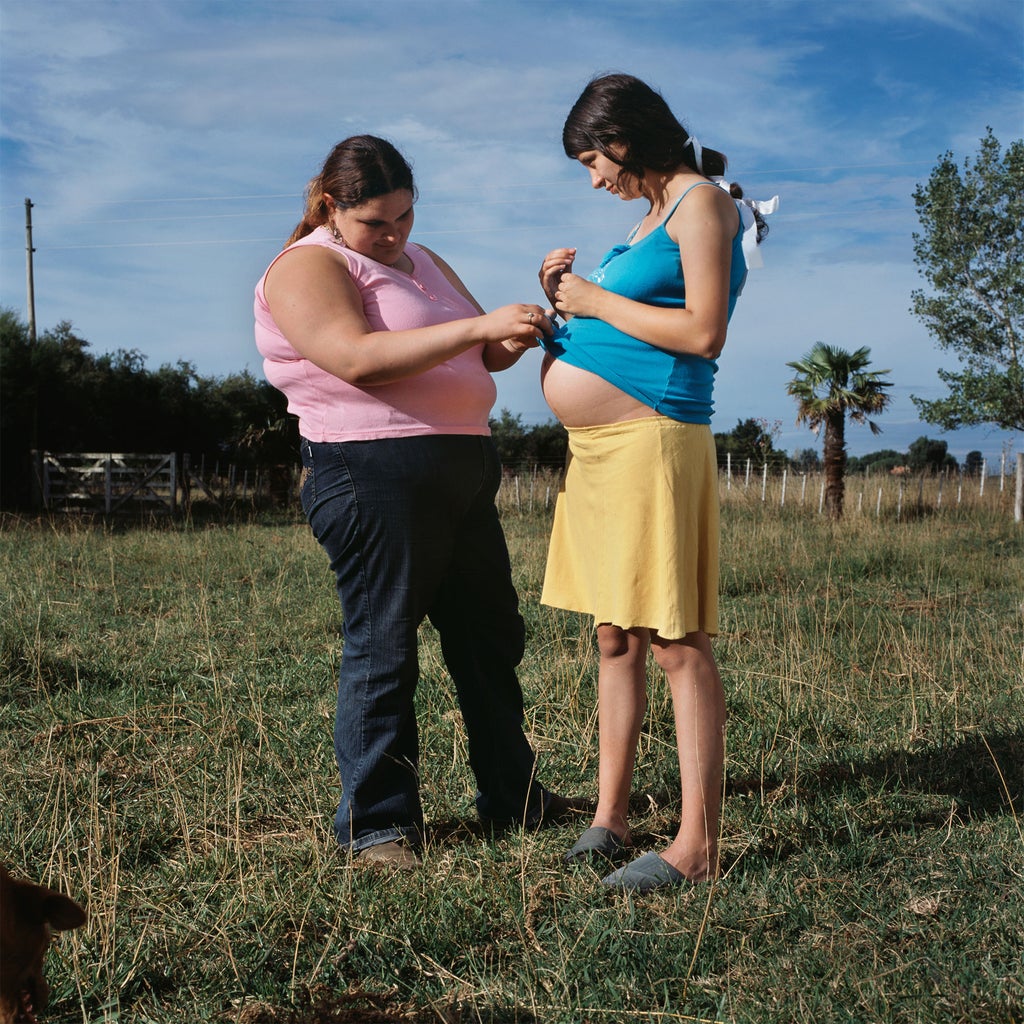
“The images increasingly reflect the changes in our relationship in ways that perhaps only I can identify,” she says. “There were times when they were more withdrawn and private, times when it was me that was distant, and other times when we all felt close again.” You just have to adapt to the ways in which life and circumstances change, she believes. “The main changes had to do with what each one of us was going through, and the degree of willingness they had to share their lives or be private at any given time,” Sanguinetti adds, remembering specifically when Belinda married and had her first child. Her husband Pablo had asked Sanguinetti not to take pictures of their baby, Lucas. “I took that really hard,” she admits. “I was so used to shooting Belinda in her home all of the time, so wrapped up in that, I’d failed to be sensitive to Pablo’s privacy.” After a year passed, she finally gained Pablo’s trust; the first time he let her photograph his son she was overcome with relief and excitement. “All of the pictures were out of focus because I was so nervous,” she laughs. If you want to do justice to your subject and tell the real story, it’s all about playing the long game.

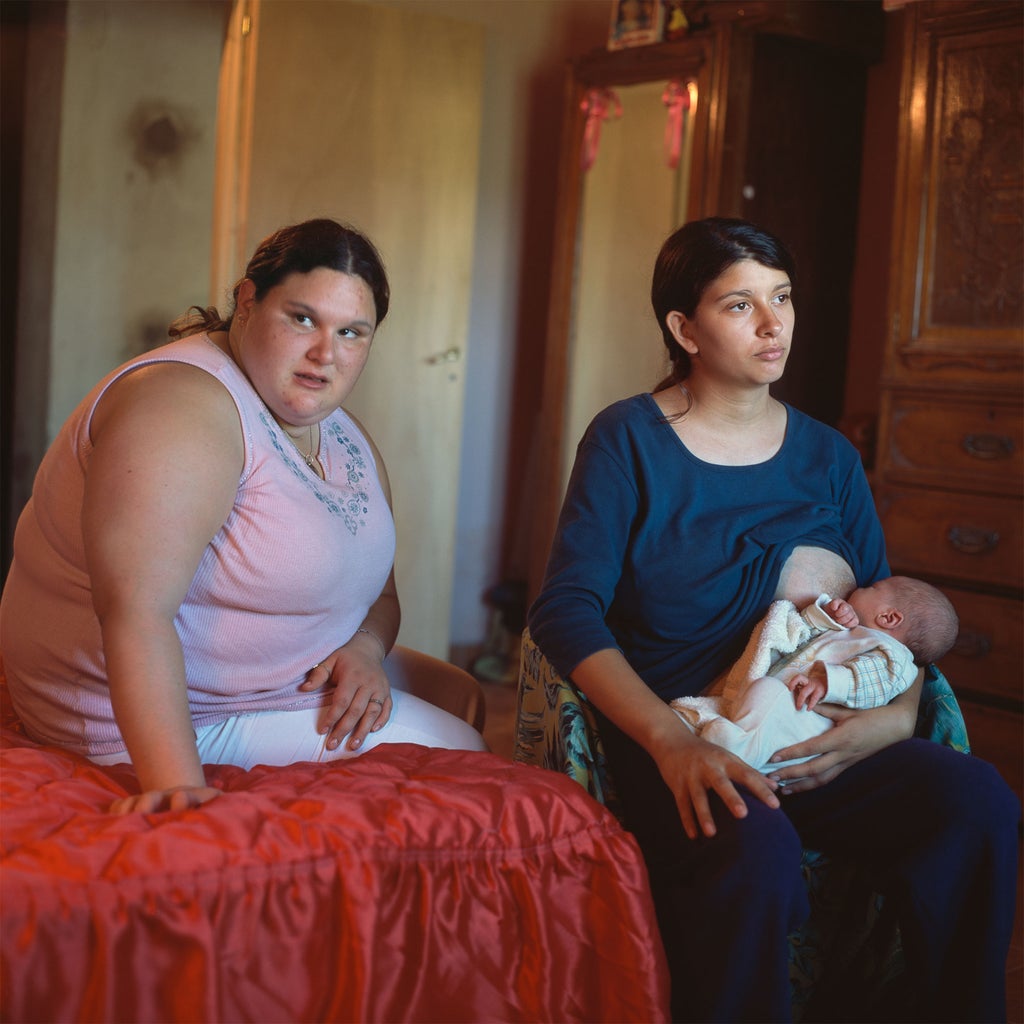
Argentinian herself, Sanguinetti has often reflected upon her own childhood while making this work. She, too, spent time on a family farm as a kid but she also lived in the city, went to a haughty private school and stayed out late drinking, skipping school the next day. She may have grown up in the same country as Belinda and Guillermina but their experiences are worlds apart.
What is perhaps most powerful about this work is how it stands up as a testament to female friendship and affection as it unfolds across the years. There’s a beautifully sweet and sensitive linearity to a story that is told like this, month by month, year on year, cataloguing life changes both subtle and seismic. Belinda and Guillermina are approaching their 30s now and Sanguinetti continues to photograph them. There will be another book in the series one day, she says, when the time is right. These days, Belinda lives in the countryside with her husband and her two children, and their family work as caretakers for someone else’s farm. Guillermina lives 50km from Belinda, in a town called Dolores, with her 12-year-old daughter. She is an elementary school teacher. There may be more physical and emotional distance between them now, and there’s a bittersweetness to their lives forking off in different directions, but they’ll always remain connected, as girls who grew up together.


Like what you see? How about some more R29 goodness, right here?
Photos Of Growing Up As A Girl In China